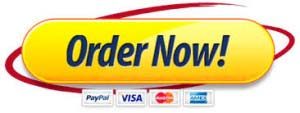Go to the website www.quackwatch.com and read the section called “General Observations.” Pay close attention to the sections, “How should it be defined” and “28 Ways to Spot it.”
Find two nutrition articles, supplements, products, diets, or related objects on the internet. (Note: Exercise routines are not nutrition-related.) One article or product should be credible and backed by solid scientific evidence. The other article or product should be an example of an unreliable nutrition product, also known as “quackery.”
Review this PubMed sample search and Quackery Tip Sheet.
Logon to Pubmed.gov and look up the product by name. If you can’t find anything about the product, you could look up ingredients in the product.
Using the criteria for quackery discussed in class, in the textbook, and on the quackwatch.com website, evaluate each article or product based on the information obtained on that website. The questions below are intended to help you think through each product. You do NOT need to answer each question in your paper.
What is the product?
Does the product sound too good to be true?
Who developed the product? Is that person educated? What organization is the developer affiliated
with?
What type of information is being disseminated?
Is there potential for someone to make money from selling this product?
Has the product been extensively tested, and are the results of those tests available in published,
reputable scientific or medical journals?
Are testimonials used to market the product?
Are there any comments about the government or medical community not wanting you to know
about this product?
What type of website ending does this product come from? (i.e. .com, .org, .gov., .edu)
Write a paper discussing why you think one article is reputable and why you think one is quackery. Provide justification for your opinions using the tools from the textbook. For example, you could state in your paper, “This product has 15 testimonials associated with it, and testimonials are frequently associated with unresearched products,” or, “No peer-reviewed journal articles about this product were listed on the website. Lack of scientific evidence is suggestive of quackery.” Your paper should meet the following technical guidelines.


